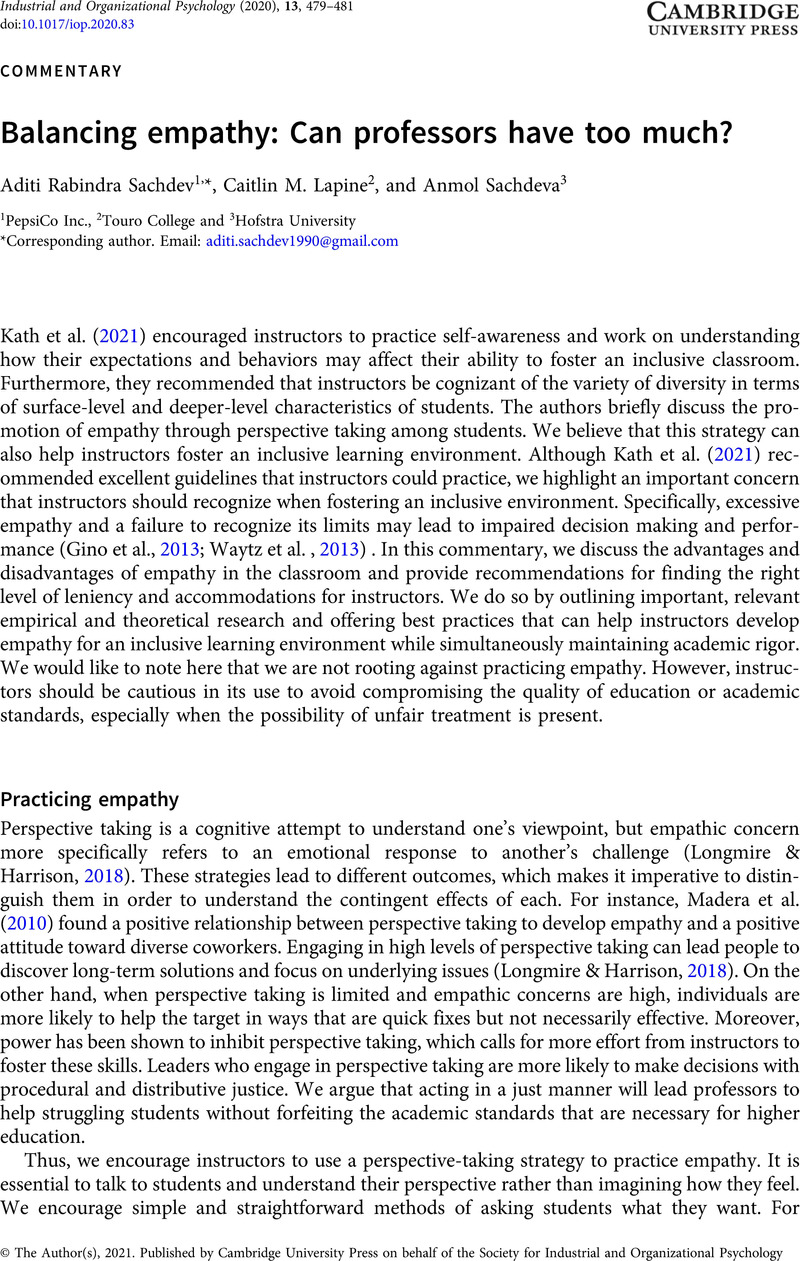Crossref Citations
This article has been cited by the following publications. This list is generated based on data provided by Crossref.
Bartholomay, Daniel J.
2022.
A Time to Adapt, Not “Return to Normal”: Lessons in Compassion and Accessibility from Teaching During COVID-19.
Teaching Sociology,
Vol. 50,
Issue. 1,
p.
62.
Arianpoor, Arash
Dheyab Al-Ani, Saba Sabah
and
Khayoon, Hameed Mohsin
2025.
Toward a satisfactory sustainable education for international students: a qualitative framework for international accounting students.
Quality Assurance in Education,
Vol. 33,
Issue. 1,
p.
31.



